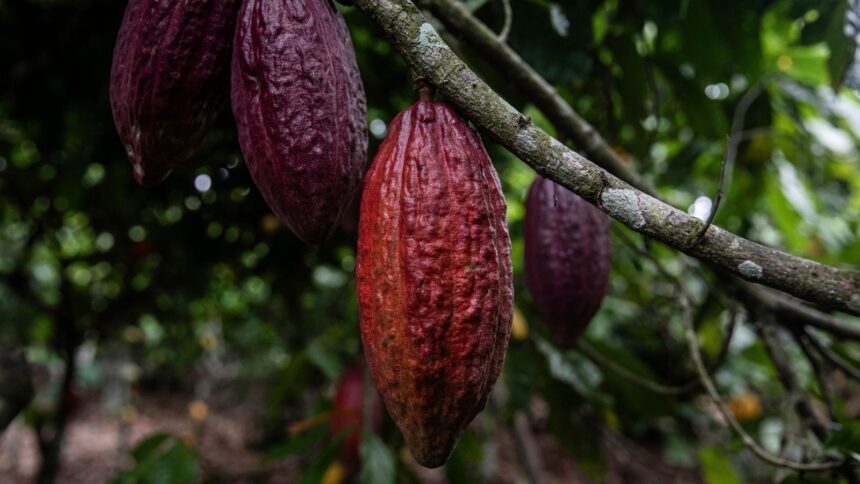Now that west African cocoa supplies are being impacted by shifting climatic trends, chocolate prices could skyrocket.
In Ghana, the Ivory Coast, Nigeria, and Cameroon—the countries that produce about three-quarters of the world’s cocoa—seasonal dusty winds from the Sahara have been particularly strong in recent months, preventing the sunlight required for cocoa bean pods to grow.
The cacao plants that yield cocoa, the primary component of chocolate, were infected with a rotting disease during the previous growing season due to excessive rains.
After three years of poor harvests, chocolate companies have already raised costs for consumers; according to Which?, some Easter eggs and bunnies cost over 50% more this year.
As shipments from the world’s largest producer, the Ivory Coast, dropped by a third in recent months, the price of cocoa has drastically increased globally.
This year, the price of cocoa has already doubled; on Tuesday, it reached a record high in New York, trading at almost $10,000 (£7,920) per metric ton.
However, cocoa bean harvesters are worried that the rises won’t be sufficient to offset their decreased yields and increased production expenses, which they attribute to climate change.







